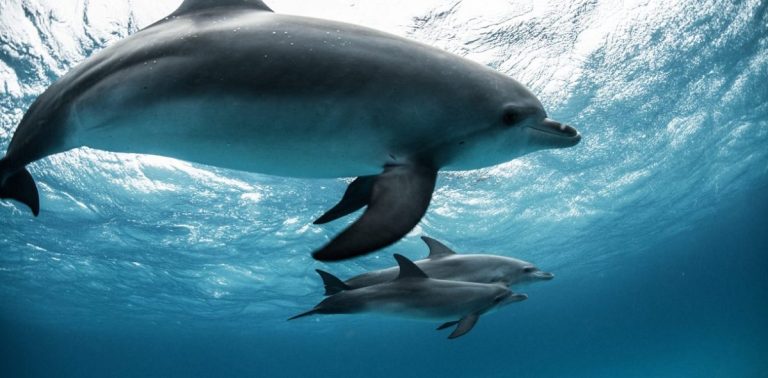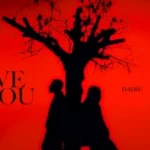In the vast, mysterious expanse of our oceans, a special kind of magic is at play. This isn’t the kind of magic found in fairy tales, but rather, it’s the remarkable bond between mother dolphins and their calves. As someone who’s always been fascinated by the intelligence and grace of marine mammals, discovering the depths of their communication skills has been nothing short of awe-inspiring.
The Discovery of Maternal Communication Among Dolphins
Let’s dive into this incredible discovery. Scientists, through meticulous observation and study, have found that dolphin mothers speak to their offspring using a form of “baby talk.” This isn’t just any chatter; it’s a specific language crafted for their young, mirroring the way human parents simplify their language to help their babies learn to speak.
This revelation sheds light on the complex and intelligent ways dolphins communicate, drawing a fascinating parallel to human communication. The idea that these marine creatures modify their vocalizations when addressing their calves is both heartwarming and astonishing, offering us a glimpse into the depth of their maternal bonds.
How Dolphin Mothers Communicate
So, how exactly do dolphin mothers communicate with their young? It turns out, they employ a variety of sounds and techniques, each with its own purpose and meaning. Signature whistles, for instance, are like the dolphin version of calling someone by name. Each dolphin has a unique whistle, which helps in identifying and communicating with each other, especially between mothers and their calves.
But it doesn’t stop there. Dolphin moms adjust the pitch and intensity of their calls when speaking to their babies, likely to make it easier for them to understand and learn. They also use clicks, moans, and even fin slaps to convey different messages, creating a rich tapestry of sound that underpins their social interactions.
The Impact on Dolphin Calf Learning
What’s truly remarkable is the role this maternal communication plays in the learning and development of dolphin calves. Just like human children, dolphin babies learn by imitating their mothers. This early learning is crucial, helping them to navigate their social environments and eventually communicate effectively within their pods.
Research suggests that calves who master the art of understanding and responding to their mother’s calls have a better chance of survival. It’s a poignant reminder of the importance of communication in the animal kingdom, where every sound and every silence has meaning.
Parallels with Human Communication
The similarities between how dolphin mothers interact with their calves and how humans use baby talk with their children are striking. Both species utilize a simplified, repetitive language designed to facilitate learning. We both alter the pitch and intensity of our voices to engage our young listeners more effectively. And, just like dolphins with their signature whistles, humans use names to identify and communicate with individuals.
This comparison not only highlights the intelligence and complexity of dolphins but also prompts us to reflect on our own communication practices and our connection to the natural world. The unique maternal language of dolphins reminds us of the beauty and diversity of life on Earth, encouraging us to look deeper into the bonds that tie us to the marine world.
As a web content writer who thrives on sharing the wonders of our planet, uncovering the mysteries of dolphin communication has been an absolute delight. It’s a story that bridges the gap between the human and animal kingdoms, showing us that, in many ways, we’re not so different after all.






